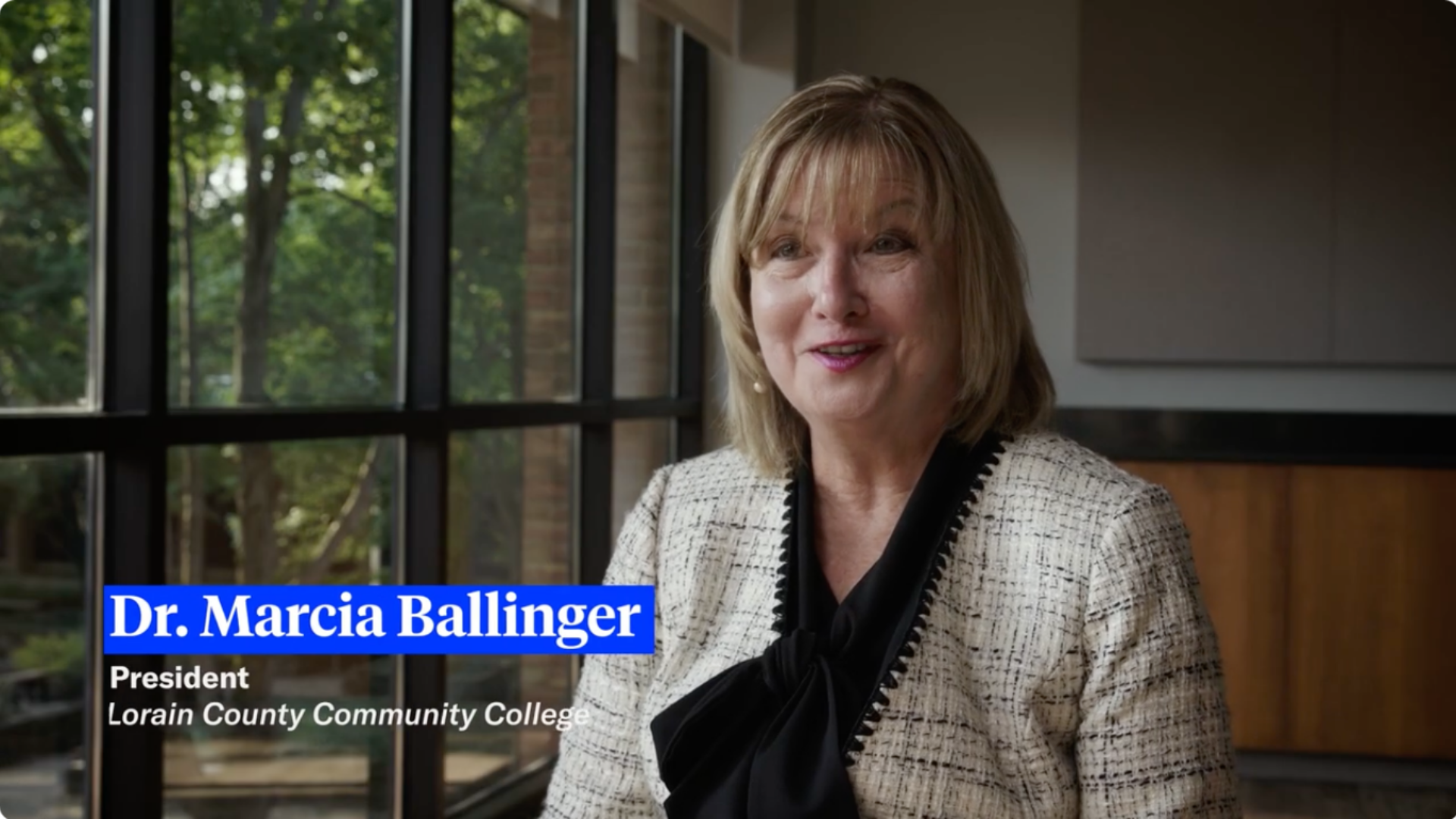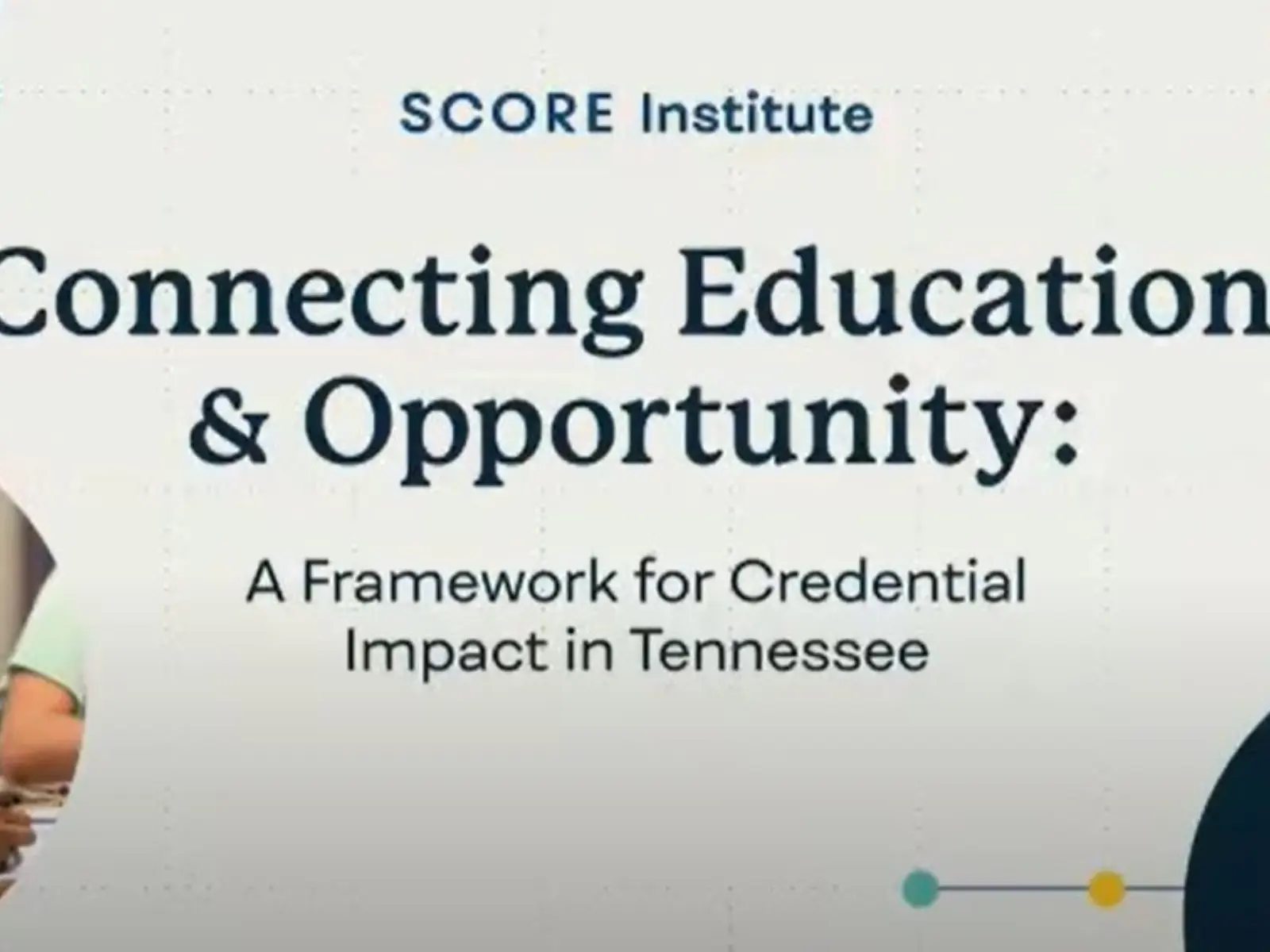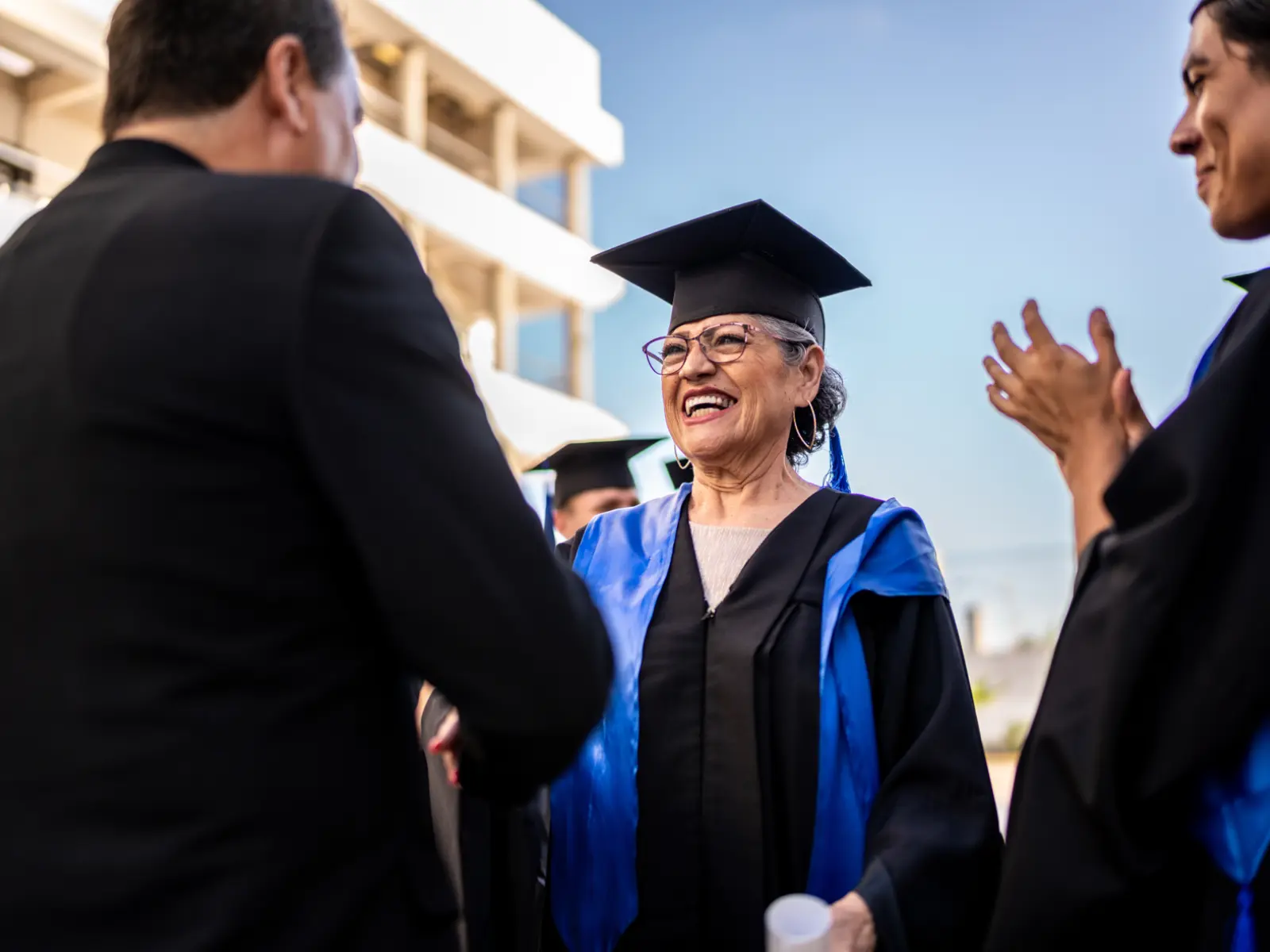Students deserve a quality education at a price they can afford. Community colleges are essential in providing that education, but many students are not equipped with the resources or life skills to complete their degree. That is why many community colleges are leaning into research-backed solutions to meet students where they are today, through innovative programs like the Students Accelerating in Learning (SAIL) program at Lorain County Community College (LCCC). Studies are showing this approach is working.
In 2012, LCCC began to transform its approach to better meet student needs, and to provide them with training that equips them for a career they are excited about and supports their economic mobility. That approach included the implementation of the SAIL program, a replication of City University of New York’s Accelerated Study in Associate Programs (CUNY ASAP). SAIL, launched in 2014, is designed to improve graduation rates by offering structured academic programs, one-on-one student advising, and wraparound services such as scholarships, vouchers, monthly academic check-ins, and career advising.
MDRC, an Arnold Ventures grantee, studied the results of three ASAP replications in Ohio schools, including the SAIL program’s results. MDRC released its findings in 2020 from a three-year randomized control trial (RCT). By the end of their third year, 35 percent of Ohio program students had earned degrees, compared to 19 percent of students who received normal college services.
An MDRC report released in April 2025 shows those results are long-lasting: Eight years after the ASAP replication’s implementation, 46 percent of program students earned a degree, compared to 31 percent of the control group students. Graduates earned an average of $27,934, which is $3,337 more than the control group’s average of $24,596 – a 14 percent increase. A third (32%) of the program group students were earning at least $40,000, compared with 26% of the control group students. In addition, 17.6% of program group students earned a bachelor’s degree by the eight-year mark.
Results like this are why Arnold Ventures is working with state leaders and community colleges to scale evidence-based programs just like ASAP and SAIL to increase graduation rates, improve economic mobility, and strengthen communities. It is one more way we are working to ensure higher education supports success for students of all incomes and socioeconomic backgrounds, in a way that proves results.











